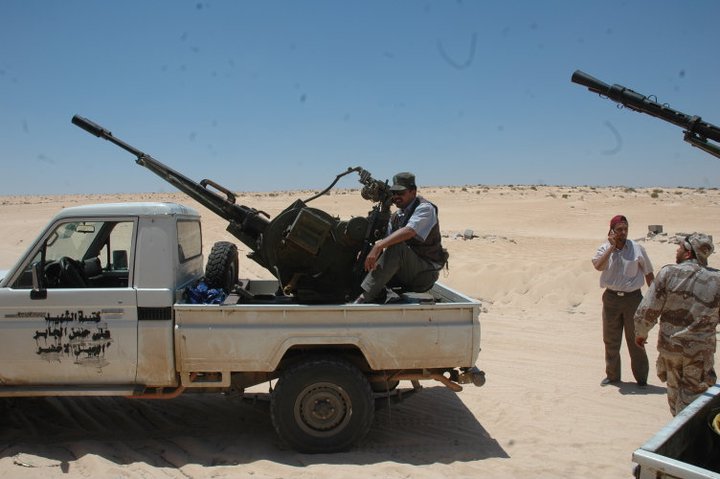If they'd only built these earlier and in quantity.............................
What they really needed was an up-armed version of that to turn it into this:

Last edited:
If they'd only built these earlier and in quantity.............................

With air supremacy, who needs barges? YOU CAN SIMPLY FLY TROOPS OVER THE CHANNEL!
Stupidity: The gift that keeps on giving.
Actually, what if they just flew a whole army into civilian airports at night, when the military and government were asleep? Granted, the Germans will need to drink a lot of coffee, but when the Brits wake up, the whole island will be under occupation!!!
Actually, what if they just flew a whole army into civilian airports at night, when the military and government were asleep? Granted, the Germans will need to drink a lot of coffee, but when the Brits wake up, the whole island will be under occupation!!!
Actually, what if they just flew a whole army into civilian airports at night, when the military and government were asleep? Granted, the Germans will need to drink a lot of coffee, but when the Brits wake up, the whole island will be under occupation!!!
How did the Fallschirmjager pull off Crete given this level of obstacle?Yeah. Not a chance in hell.
How did the Fallschirmjager pull off Crete given this level of obstacle?
Wikipedia said:Hitler and the German commanders who fought at Crete were shocked by the very high casualties of the paratroopers sustained in the capture of the island and as a result, the Germans were forced to reconsider their airborne doctrine.[69] Because of what Hitler considered to be heavy losses, he cancelled all future airborne operations from Operation Barbarossa and the Eastern Front, which eliminated this weapon from large-scale use against Soviet Airborne forces[citation needed]. The German casualty rate was hidden from Allied planners, who scrambled to create their own large airborne divisions after this battle[citation needed]. Crucially, however, Allied airborne planners such as Colonel James M. Gavin realised from the German experience on Crete that airborne troops should jump with their own heavy weapons. The lack of such equipment contributed greatly to the German losses during the invasion of the island[citation needed]. This realisation would later allow elements of the US 505th PIR to prevent the elite Hermann Göring Panzer Division from mounting a counterattack on US beachheads during the Allied invasion of Sicily
What if they dropped on the Isle of White and rigged up cargo lines between there and the French coast to set up an advance base???
They could run across the sand flats from the Fresians. Jeez, I hope nobody suggests tunnelling.
What about a giant land reclamation program? Dump rocks and mud into the straits of Dover until the land fills up and send the Panzer across.
They could run across the sand flats from the Fresians. Jeez, I hope nobody suggests tunnelling.
A Type VII has a maximum beam of 6.2 m, even if you could add almost 5m on either side of that with the track (raise it to 16m), you'd still need more than 2000 boats to make the crossing. At least if you built a causeway or tunnel the RAF wouldn't be able to take it out with training aircraft.I wandered into a thread on another board a few weeks ago where it had degenerated into making bridges by linking U-boats together........